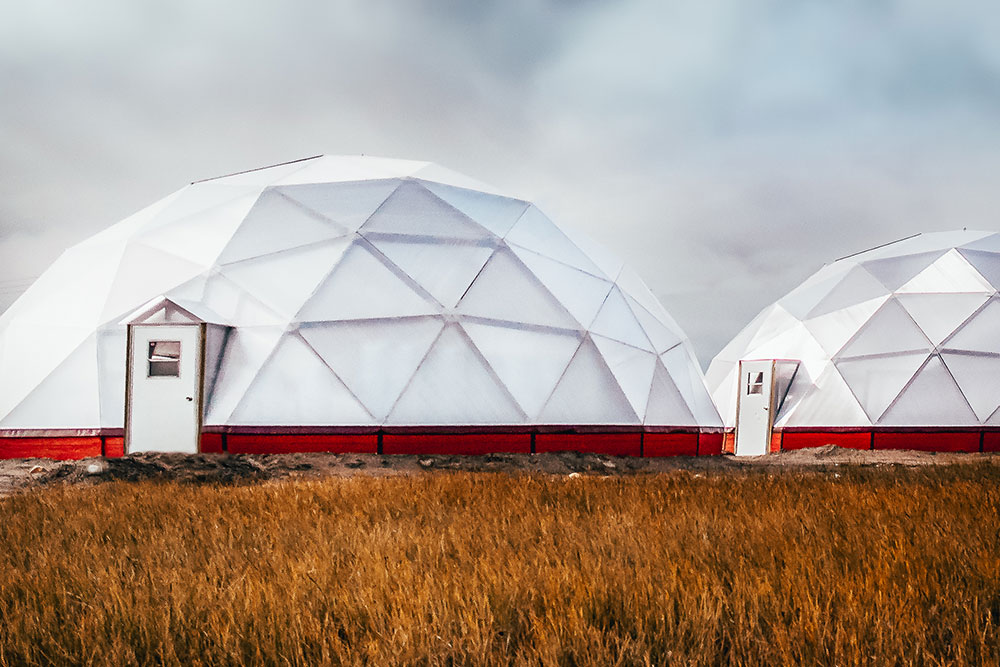

Salmon are essential to many First Nation communities and seafood has been a big player in supporting sustainable livelihoods and increasing food security. However dams, overfishing and pollutions continue to decline salmon populations. In addition, the high cost of harvesting equipment, industry related activities and climate change reduces First Nation communities' access to seafood.This salmon run refers to the fact that the Pacific salmon participates in a process in which they migrate from freshwater to the saltwater ocean. Xat’súll First Nation elder Ralph Philips shares a story encompassing the importance of this phenomenon.
“I've seen some of the places where they have to go through—how they got to jump over these Waterfalls. Teaches us the lessons of the hardships that we are going to have to go through to get anywhere,” edler Ralph Philips said.
The salmon return to the ocean for a majority of their lifespan, but ultimately journey back to freshwater to spawn. The Pacific salmon die in the process of spawning. However, many salmon lose their lives during their upstream migration. Those who do make it to the spawning grounds usually die anyway. This begs the question, what is the point of swimming upstream? By swimming upstream, salmon lay their eggs in shallower waters that aid in the protection of their offspring from larger predators. To prepare for spawning, female salmon use their tails to create a depression in the riverbed. After the eggs are laid, male salmon deposit their sperm onto the eggs for fertilization to occur. The depression in the riverbed then gets covered with gravel by the female, before she makes a new one. Between 2,500 and 7,000 eggs can be laid by a single female salmon. As it stands, less than one percent of these eggs will survive. Once the offspring emerge from their eggs, the small streams buy them some time to mature prior to moving back towards the ocean.
The young salmon learn the smell of their surroundings, memorizing certain scents as they travel downstream towards the ocean. When they return to their birthplace, the familiarity of these scents can be utilized to determine which path leads them back to their home stream. The intensity and inclination of the Earth’s magnetic field are what assist the salmon in orienting themselves. Shallow streams and rivers also offer shelter to the eggs that would otherwise fall victim to the heavy currents present in the ocean.
Source: mantaphoto on istockphoto
On average, the typical migration journey takes about 2-3 weeks for the salmon to reach their spawning ground. The presence of physical barriers like dams, sunken trees, big stones, among other objects may contribute to an extended migration times. The salmon usually refrain from traveling upstream until the first major rain event in late September or October. If the rivers are too shallow, the salmon’s ability to swim past obstacles like logs or natural dams is greatly hindered. In the presence of man-made dams, the salmon utilize ladder-like structures or throughways to get over them.
Source: yellatdr on istockphoto
During the saltwater phase of their migration, salmon have been recorded to travel upwards of 18 miles (29 kilometres) a day, but are capable of maintaining a daily average of 34 miles (55 kilometres). Atlantic salmon, on the other hand, are notorious for their 4,000-kilometre (2,000 nautical miles) round-trip voyage. On average, salmon species can reach a height of 4 feet, when jumping over shorter obstacles and up to a maximum of 12 feet when jumping over taller obstacles. Atlantic salmon are also believed to be the salmon species that can jump the highest. The height of their jump is influenced by the water depth since fish generally dive deeper to gather more momentum for their leap. Luckily for the Atlantic salmon, they can spawn multiple times in their lifetime, unlike their Pacific salmon counterparts. There are some Atlantic salmon that spend 2-3 winters at sea and achieve sizes greater than 25 kilograms (55 pounds).
Source: Atlantic salmon (Salmo salar) by https://www.asf.ca/about-atlantic-salmon/life-story
Salmon reduce their feeding activity to a bare minimum. In doing so, all of their attention is diverted to reaching their spawning grounds. Salmon possess two types of muscle, simply known as red and white muscles. The role of red muscle is sustained activity, which would be more valuable during this spawning period in their lives. Conversely, white muscle is better suited for short bursts of intense energy. Steve Lindley, the director of NOAA’s Fisheries Ecology Division, explains how the flipping of the salmon’s body in mid-air in combination with hurling themselves against the downward flowing water requires substantial energy stores to ensure that the migration is successful.
Source: Spinkle on istockphoto
Aside from improving the chances of survival for future generations of salmon species, the great salmon migration aids in the restoration of entire ecosystems. Their impact can be felt at multiple levels of the food chain from the animals that consume the salmon directly, to the decomposers that break down the carcasses left behind after the spawning event, to the trees that depend upon their broken down nutrients. Should salmon ever disappear, coastal ecosystems, culture, and economies will receive the brunt of their absence and so will the global challenge of food security.








